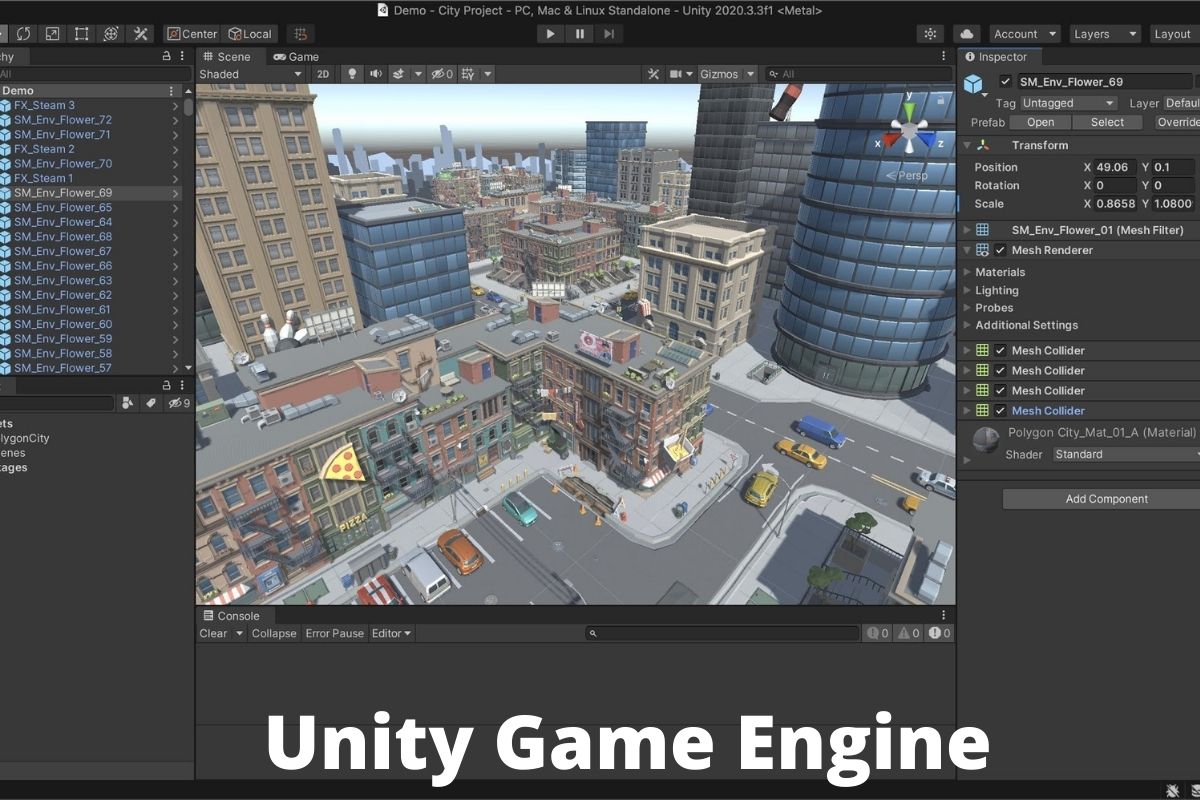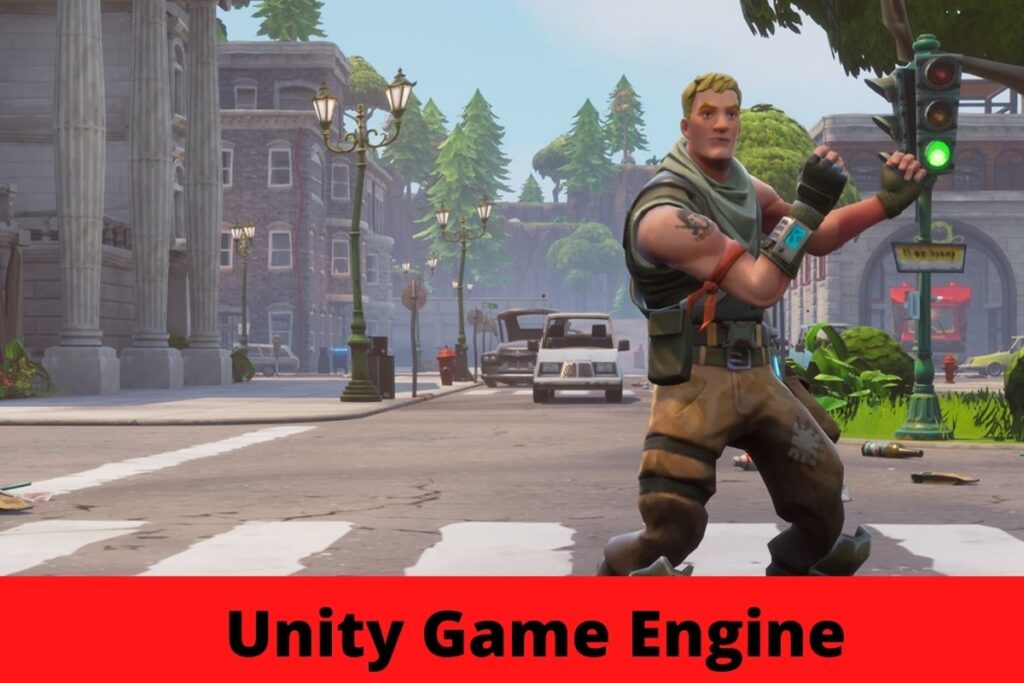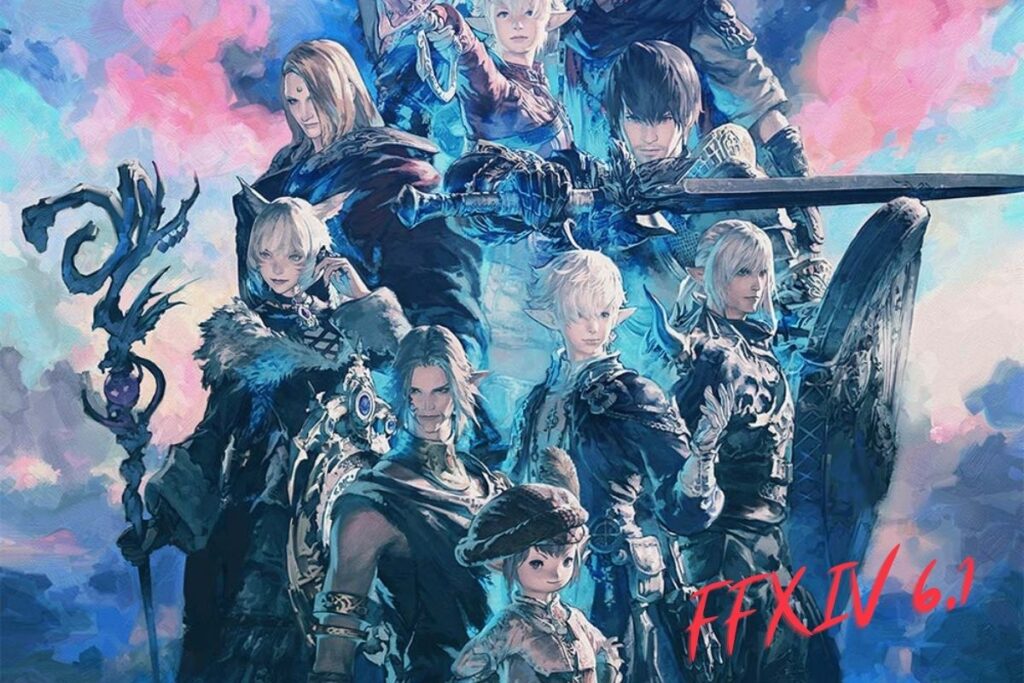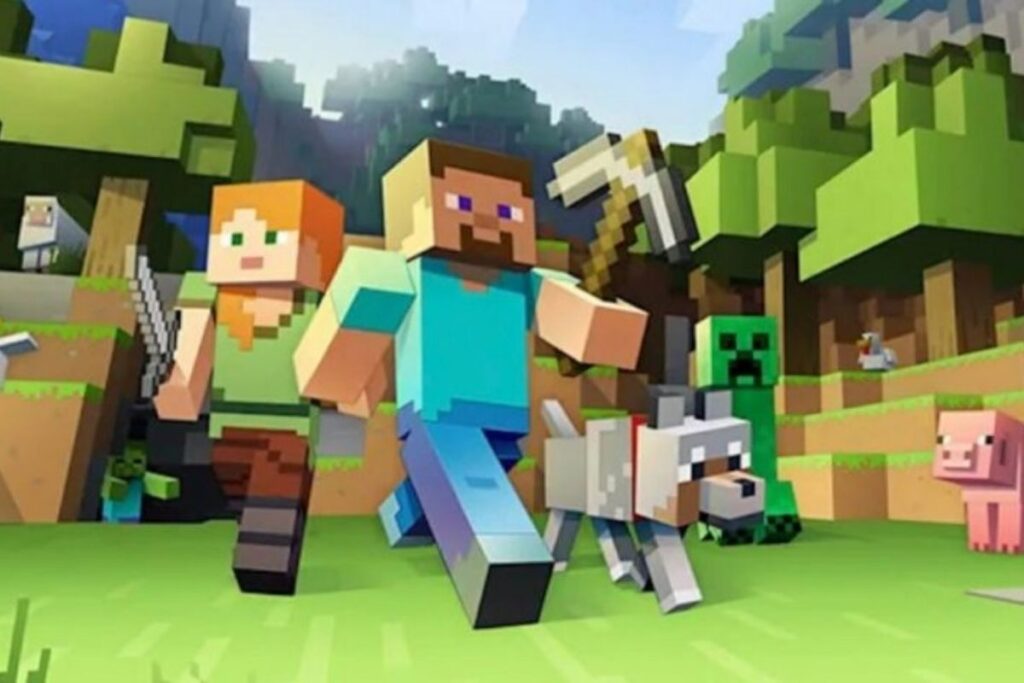Contents
Game Development with Unity
Developed by Unity Technologies, Unity is a cross-platform game engine primarily used to create computer, console, and mobile game content. At Apple’s Worldwide Developers Conference in 2005, it was announced only for OS X, but it has since been extended to 27 platforms.
Overview
Unity is an all-purpose game engine that supports 2D and 3D graphics, drag-and-drop functionality, and C# scripting.
Mobile game development is a particular strength of Unity, and the company devotes a significant portion of its resources to it. Compared to the 3D pipeline, Unity3D’s 2D pipeline is a newer addition and less developed.
If you plan to release the game on multiple mobile devices, Unity is an adequate platform for developing 2D games, even when compared to other dedicated 2D engines.
For virtual reality development, Unity is a good option. As the PSVR and mobile VR markets are the largest in virtual reality, Unity is already well-positioned to port games across a wide range of platforms.
Graphics APIs supported include Direct3D and Xbox One, OpenGL, OpenGL ES, Android and iOS, WebGL, and proprietary APIs for video game consoles such as PlayStation 4 and Xbox One.
The low-level APIs Metal and Vulkan are also supported by Unity on iOS and macOS, as is Direct3D 12 on Windows and Xbox One, as well as Android, Linux, and Windows. Unity’s advanced 2D world renderer and import of sprites are both useful in 2D games.
SSAO, dynamic shadows with shadow maps, render-to-texture, and full-screen post-processing effects are all supported in Unity 3D games, as is the specification of texture compression and resolution settings for each platform supported by the game engine.
Other Unity services available to developers include ads, analytic tools, and certification programmes; cloud-based builds; every play; integrated advertising platforms (IAPs); multiplayer; performance reporting; and a collaboration tool called Unity Collaborate.
There are also third-party resources available in Unity’s Asset Store, including textures, models, and plugins that can be downloaded and used by the developer community.
Unity’s ability to target games for multiple platforms is what makes it stand out. Android, Android TV, Facebook Gameroom, Gear VR, and Google Cardboard, Google Daydream, and HTC Vive have currently supported platforms for Android,
Elite season 6: Release date, cast, spoilers and news about the Netflix series
Android TV and Facebook Gameroom, Gear VR and Google Cardboard, Google Daydream and HTC Vive, iOS and Linux, macOS, Microsoft HoloLens, PlayStation 4, PlayStation Vita, PlayStation VR, Samsung Smart TV and Tizen. Windows, Windows Phone, Windows Store, and Xbox One have also supported platforms.
Nintendo’s Wii U video game console comes with a free copy of Unity’s SDK as part of the package with each developer license. This “industry-first” bundle of a third-party SDK is being hailed by Unity Technologies.

Interface
In the picture above, you will notice five sections:
Only supported on Windows and OS X, Unity Web Player is now deprecated in favour of the newer WebGL browser plugin.
All three of these games use Unity as their engine.
Read More:-




